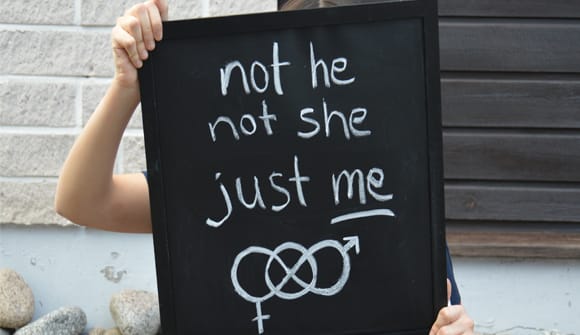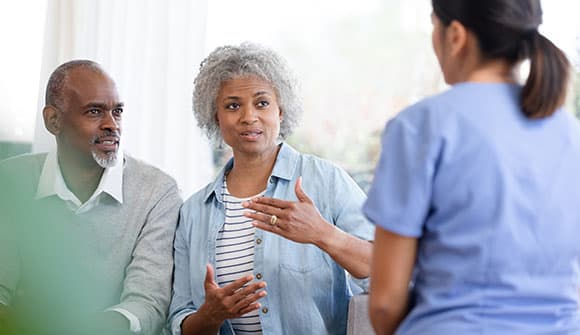Understanding gender fluidity
What does it mean to identify this way?
Article Author: Guest Columnist
Article Date:

Our guest columnist is Nan Hucker, a licensed mental health counselor with Baptist Behavioral Health and a member of the BaptistPRIDE Employee Resource Group at Baptist Health.
The term “gender-fluid” has been in the news lately as singer Demi Lovato came out as nonbinary and is now using the pronouns they and them.
“Gender-neutral pronouns best represent the fluidity I feel in my gender expression,” said Lovato.
What exactly does it mean to be nonbinary or gender-fluid? Are the terms interchangeable? It’s important to understand how a person identifies and to address them appropriately.
Gender fluidity is not a new idea. Throughout history, societies around the world have recognized a wide variety of genders. Both the Navajo and Hawaiian cultures, for example, integrate the idea of those who embody both the male and female spirit. The Navajo nádleehí and the Hawaiian mahu illustrate a gender that is male and female, not male or female. Gender diversity is alive and well in every country. How we label this diversity is where the terminology lesson comes in!
Gender and sexual fluidity
A person is gender-fluid when they don’t identify solely as male or female, and their gender identity changes over time. Thus, the term refers to a change in a person’s gender expression (the way they look or behave), identity or both.
Gender fluidity is not the same as sexual fluidity, which refers to a person’s preference for a romantic partner. People who are sexually fluid have a capacity for a change in sexual attraction, depending on situational or environmental relationship conditions.
What is nonbinary?
The term nonbinary refers to a person who is not exclusively male or female. Not all people who identify as nonbinary are gender-fluid, as their gender identity may not change over time.
The importance of identity
Five decades after the beginning of the Gay Rights Movement in the United States, the concept of human sexuality has evolved to allow for a more diverse concept of gender than male or female. We now differentiate sexual, romantic and aesthetic attractions and identities from each other; we know these attitudes and desires can change and are shaped by our past and current experiences.
To better describe the various types of gender, the LGBTQ+ community has expanded its acronym to be more inclusive. There are now dozens and dozens of recognized gender orientations. What unites all of us is that we are all human beings, and we all crave to be understood, respected and loved.
Learn more about Baptist Health's LGBTQ+ health care resources
Baptist Health is proud to be an LGBTQ+ Healthcare Equality Leader.



